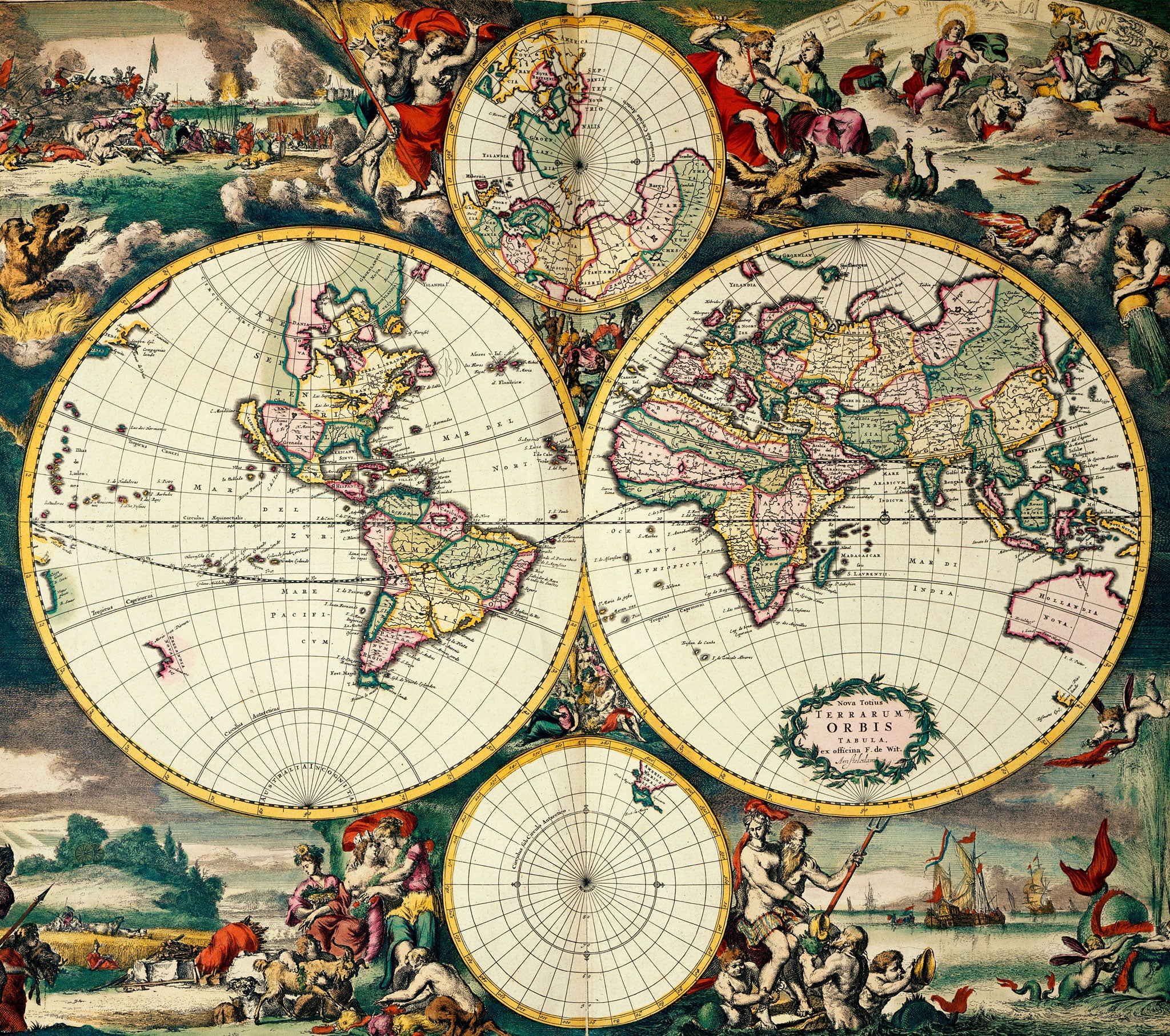The Silk Roads: A New History of the World by Peter Frankopan: All loud on the Eastern Front
A bold, if imperfect, study that paints a picture of the past from a new perspective

Your support helps us to tell the story
From reproductive rights to climate change to Big Tech, The Independent is on the ground when the story is developing. Whether it's investigating the financials of Elon Musk's pro-Trump PAC or producing our latest documentary, 'The A Word', which shines a light on the American women fighting for reproductive rights, we know how important it is to parse out the facts from the messaging.
At such a critical moment in US history, we need reporters on the ground. Your donation allows us to keep sending journalists to speak to both sides of the story.
The Independent is trusted by Americans across the entire political spectrum. And unlike many other quality news outlets, we choose not to lock Americans out of our reporting and analysis with paywalls. We believe quality journalism should be available to everyone, paid for by those who can afford it.
Your support makes all the difference.In 1920, HG Wells published A Short History of the World. In it he looked forward to "the great peace to which all history seems to be pointing". In 1976 JM Roberts published The Hutchison History of the World. This was an unembarrassedly Eurocentric outline of the 'Triumph of the West' in which, for example, Africa was almost entirely neglected because it had played so little part in that 'Triumph'. Now, in The Silk Roads Peter Frankopan, a Senior Research Fellow at Oxford, attempts to rethink world history and to relocate the central developments in that history some way east of Europe.
The Mediterranean is presented as a terminus of the silk roads that stretched from China across Central Asia. Among other things Frankopan has been transfixed by the sight of "an important medieval Turkish map in Istanbul that had at its heart a city called Balasghun, which I had never even heard of... and yet was once considered the centre of the world". Balasghun (the medieval Uighur capital in what is now Kyrgyzstan) features repeatedly in this book, as do more familiar though still romantic sounding places such as Samarkand, Khiva, Merv and Herat.
Besides shifting the narrative eastwards, the book presents the transmission of bullion and commodities such as silks, spices, slaves and oil as the main engines of history and, for example, Hitler's Operation Barbarossa is shown to be a campaign whose primary aim was to secure Ukraine's wheat harvest.
The Silk Roads, which covers several continents and many centuries, is based on astonishingly wide and deep reading and in all areas draws on the latest research.
The book makes particularly effective use of sources in Russian and German. It is full of vivid and recondite details. The Scythians kept Cyrus's head in a skin full of blood. The Huns dressed in coats made from the skins of field mice and they scarred the cheeks of infant boys to stop beards growing later. The tenth-century Iranian geographer Ibn al-Faqih thought that in Africa "gold grows in the sand, as carrots do, and is picked at sunrise".
Bold connections are made between divergent cultures. It is possible that Indian Mahabarata influenced the Iliad and vice-versa. Statues of the Buddha first started to be produced after statues of Roman gods arrived in India. Madrasas (Muslim religious colleges) may have been first established in imitation of Buddhist monasteries.
Inevitably, such a bold and wide-ranging book leaves many hostages to fortune. In order to emphasise the appeal of early Islam to Jews, Frankopan pauses on the pact Muhammad made with the Jews of Medina, but he neglects to mention what happened to those Jews later. (The male Jews were executed and the women and children enslaved.) He has the Christians surrender Aleppo and Antioch, "two of the crown jewels under Crusader control" to the Mongols in their invasion of 1259-60. But Aleppo was never under Crusader control and Antioch only surrendered to the Mamluk Sultan of Egypt Baybars in 1268. In general, Frankopan gives too much space to the Crusades, when the big event, the break-up of the Seljuk Sultanate, was happening to the east.
There is no evidence Shakespeare intended Othello to be a Muslim and it seems intrinsically unlikely. The downfall of the Iranian Prime Minister Mossadeq in 1953 is presented as the result of a coup plotted by the CIA and the British. Such a coup was plotted but failed –Mossa-deq was ousted by Teheranis outraged by his dictatorial proceedings.
Once The Silk Roads reaches the 1490s and the discovery of the Americas as well as the rounding of the Cape of Good Hope and the establishment of a direct route to the Indies, the weight of the narrative moves westward to chronicle the achievements of the Spanish, Portuguese, Dutch, British and Americans. While Frankopan happily celebrates the achievements of the Achmaenid and Abbasid empires and he even has some good words for the Mongols, the British and American empires are presented as peculiarly wicked institutions run by incompetents. Only in the concluding pages does Central Asia resume its place in the heart of the story.
Frankopan is much less optimistic than Wells and somewhat less Eurocentric than Roberts. "The Silk Roads are rising again" is his concluding sentence. But I was in Uzbekistan a couple of years ago and I thought that the region had a very long way to go.
Join our commenting forum
Join thought-provoking conversations, follow other Independent readers and see their replies
Comments